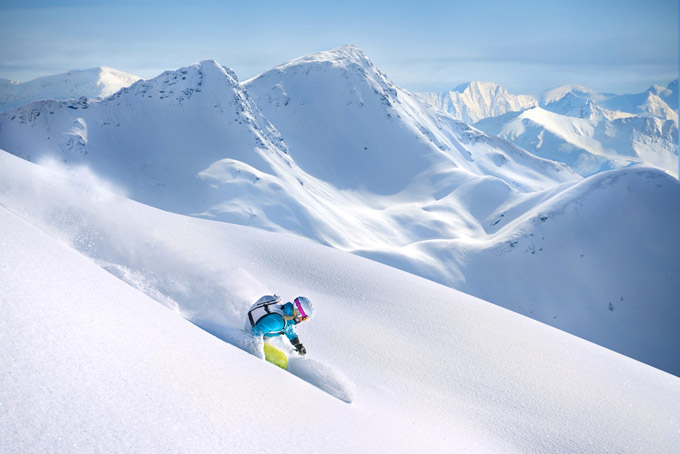10 Money Savings Tips For Skiing & Snowboarding

The memories that are made during a skiing and snowboarding trip will be priceless, but that does not mean that getting to the slopes will not have a serious price tag. Here is a look at 10 tips that you can keep in mind to make your next skiing or snowboarding trip as affordable as possible without cutting into your fun.
One of the best ways to save big is to start planning early and keep an eye on pass prices. Just as with most other seasonal activities, pass prices will change throughout the year. Buying your pass early or bundling it with other amenities such as a hotel room could save a fortune.
Trying to purchase new gear every time that you grow out of your old gear will most likely double or triple your expenses. Instead, those that are only looking to hit the slopes a few times per season should consider renting their gear or buying it used at the end of the season.
Resorts are notorious when it comes to renting gear at exorbitant prices. This is why most ski and snowboard enthusiasts will try to arrive a day early to rent at a local shop in order to save some extra money.
There is no guarantee that the resort will offer you discounts, but it never hurts to ask. Many resorts offer deals and promotions to students, veterans, active military members, those that work within certain fields, and members of specific clubs.
Getting a few meals each day at the resort can add hundreds of dollars to a family skiing or snowboarding trip. At the very least, you should attempt to cut down on your expenses by eating at least one meal back in town or bringing some snacks with you. If you can rent lodgings with a kitchen, even better!
Even the most affordable trip can become outrageously expensive if a serious injury takes place. The single most important piece of safety equipment that everyone in your party should be wearing is a helmet, but other safety items, such as wrist guards can avoid trips to the hospital with broken bones.
Anyone that is planning a multi-day trip or bringing younger kids should consider some other snow activities that they can do as well. Options such as cross-country skiing in the morning will allow you to buy an afternoon lift pass at just a fraction of the cost.
While snow gear is designed to stand up to the elements, it does not take much for expensive clothing to become damaged. One great way to keep your outer layer of clothes dry is to apply a layer of waterproofing spray just before the first trip of the season.
Skiers and snowboarders that have stopped growing and have a good idea about the kind of gear that they want should wait until the off-season to make a purchase. Mid-summer is generally the best time to buy new gear at the lowest prices.
Some resorts actually let people decline the lift passes (and the lift lines) if they are willing to hike up the mountain on a designated trail. If you do decide to skip the lift, then remember to stay in the designated hiking area to avoid any accidents.
